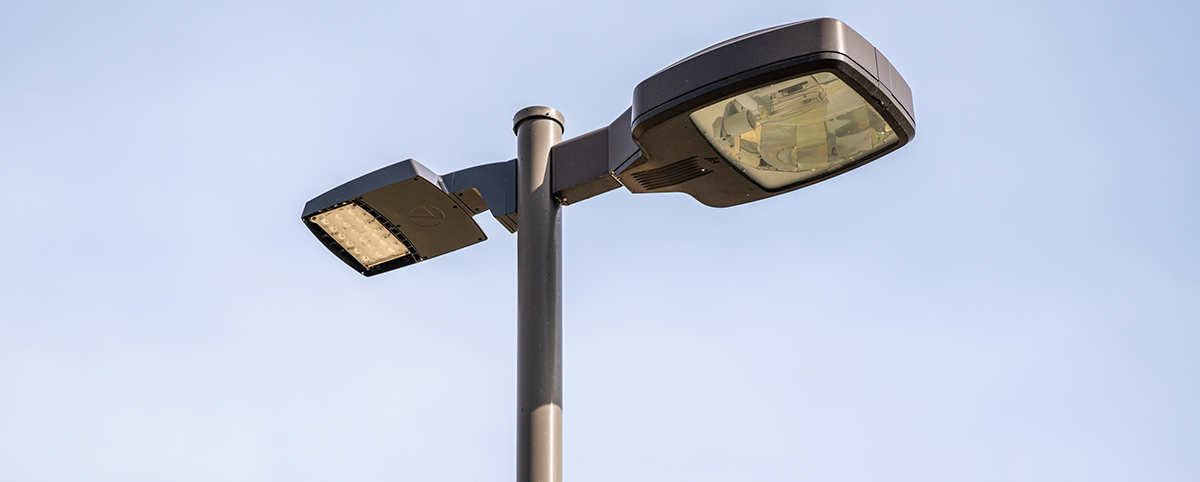How many times have you asked, “where did the time go?” As my oldest child embarks into college life, as I reflect on living in the same town now for 16 years, and as I approach starting the 14th year of PILLAR, I find myself asking that question more and more.
Frankly, I am beginning to sound like my parents. As a youngster, I didn’t understand what they meant by time going by so fast. My kids don’t understand it either since they still have “boredom episodes.” I can’t remember the last time I was bored and couldn’t find anything to do. Time just seems to be flying.
The beauty with time is we all have the same 24 hours in a given day. It is up to you to see what you can make of those 24 hours. You could be a slave to someone else’s time or you can master your own time. Do you find you simply don’t have enough hours in the day to accomplish what you want done? The key is productive time management of your goals and priorities. You need to identify your goals and priorities and then schedule realistic timeframes to complete or reach them. If the task isn’t a priority or on the path to reach your goals, it is a time snatcher so don’t fall into the snare. Move on and don’t do that task. Every week, review your goals, objectives and priorities for the year, month and week to create your weekly schedule. This will keep you on your path.
When creating your weekly schedule, you want to make sure you block out task time and assign realistic times to those tasks. Too often we only schedule time for meetings and appointments. Block out time to complete specific tasks and if you aren’t finished by the end of that time, stop so you can move onto your next priority. The key is to stop when you reach the time limit. Otherwise, the proverbial train has come off the tracks will occur with your schedule. Track your time so you can adjust how much time you need to block out to complete the task.
Life isn’t all chasing fish.
Protect your family and your down time. Just like scheduling work time, you need to schedule family and personal down time. You need to make yourself available to spend time with loved ones and develop those relationships as well as recharge your batteries with a little “me” time. If you don’t, you’ll be wondering what happened to the last 18 years during move-in day.
Leverage your time to double-dip or “kill two birds with one stone”. Lunch time is the easiest to perform this method. Pick a couple days a week to go out with someone you don’t know well, but with whom you would like to develop a relationship (business or otherwise). If you are traveling to a jobsite, schedule a meeting with a colleague or representative in the area or on the way to and from the site. Make the time work for you.
Schedule time to take care of you. Yes, this means getting enough sleep, exercising regularly and eating nutritious foods. You need to energize yourself and mentally prepare for the day. If you don’t take time to take care of yourself, it won’t matter how you manage your time as you won’t be around. Getting enough sleep, regular exercise and nutritious eating habits helps you mentally and physically prepare yourself for the day.
We are all given 24 hours in a day. You could be a slave to someone else’s time or you can master your own time. The choice is yours. Which do you choose?





